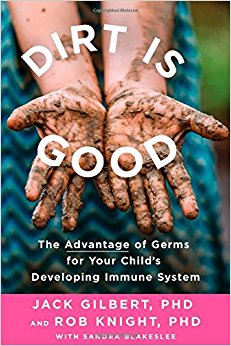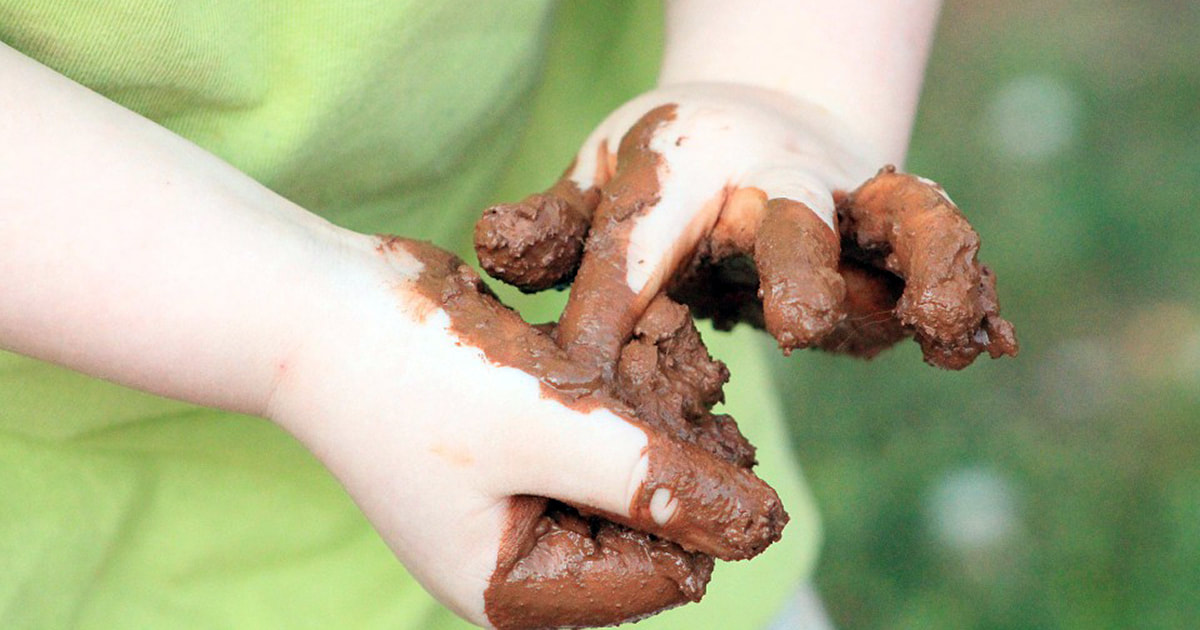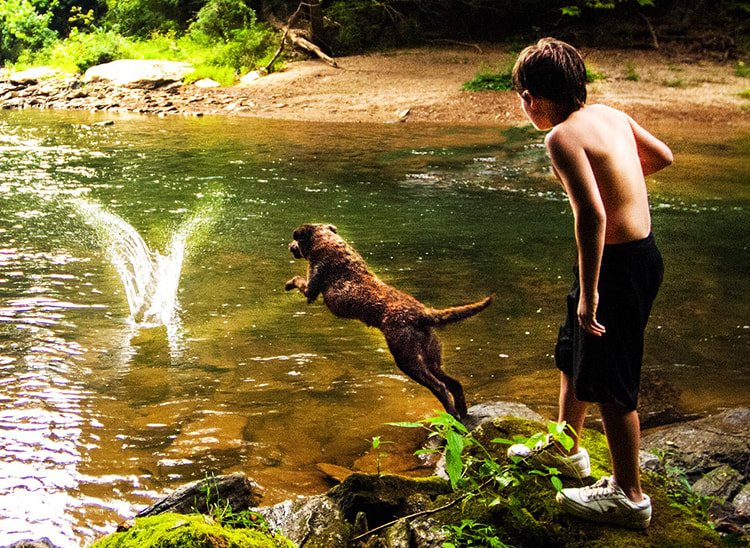Dirt is Good
The American obsession with a germ-free environment may be one reason our rates of allergies, asthma and digestive issues have sky-rocketed. Seem counter-intuitive? Dig in and see what some top scientists have to say.
- story by Christina Richardson

Jack Gilbert is the faculty director of the Microbiome Center and a professor in the department of surgery at the University of Chicago, founder of the Earth Microbiome Project and co-founder of the American Gut Project.
According to research on the subject, “From birth to age three, your child’s microbiome, especially in the gut, is extremely dynamic.” By age three the adult levels will be in place and everything you need is there. “There they stay, fending off pathogens, breaking down fibers, tuning the immune system and even influencing mental health.” Why is dirt good? Claire Fraser-Liggott, Ph.D., a professor at the University of Maryland, made a good case for dirt in a TEDxMidAtlantic talk. Fraser-Liggott says that we are not alone, and by that I mean in our own bodies. We are a little planet, a microbial ecosystem with hundreds of trillions of microbes living with us. “If you go back to fundamental principles of ecology, we know that high diversity ecosystems are more stable and resilient.” (9:22 in the Claire Fraser’s TED Talk video). Lacking that in our bodies, we are more prone to allergies, food allergies, and asthma.
Dr. Fraser-Liggott helped launch the field of microbial genomics and is with the Institute for Genome Sciences. It is the purpose of this effort to lay the foundation for new approaches to personalized medicine.
One of the studies has an ick factor, so bear with me: Many people who have compromised microbe colonies due to antibiotic use or other factors are prone to problems with their digestive tracts and have diarrhea that is difficult to treat. Fecal transplants have been very successful in treating these disorders. And yes, that means taking fecal material from a person with healthy microbes and planting them in the intestinal tract of the patient. Dr. Fraser-Liggott states that the cure rate is 95 percent for those patients that had a “re-poopulating of the gut.” Her words, not mine. If you want to be a part of the study go to americangut.org. There is a kit to order so you can send in your own sample and get back information on how you are getting along with your microbes. There are five recommendations that seem to be consistent with all the studies I have reviewed as to why it is good to expose your children to getting dirty.
Another aspect of connecting with the great outdoors is explored in a book by Richard Louv. Last Child in the Woods: Saving Our Children from Nature Deficit Disorder is a story about the disconnect humans have with natural areas.
The premise is that this lack of connection to nature contributes to obesity, distraction and depression. The book offers suggestions on how to develop an environment-based education program that enhances problem solving, critical thinking and decision-making skills. And as for those questions in the first paragraph? According to these physicians and scientists, it may even be beneficial to lick off that pacifier; wash with warm soapy water instead of using anti-bacterial; if you are in a safe area like your home, pick up and eat the dropped food item; and let the dog lick away. Comments are closed.
|
Categories
All
Archives
July 2024
|
Shoofly Magazine Partners
Our Shoofly Partners are local businesses and organizations who share our mission to enrich community life in Bay St. Louis, Waveland, Diamondhead and Pass Christian. These are limited in number to maximize visibility. Email us now to become a Shoofly Partner!





























 RSS Feed
RSS Feed























